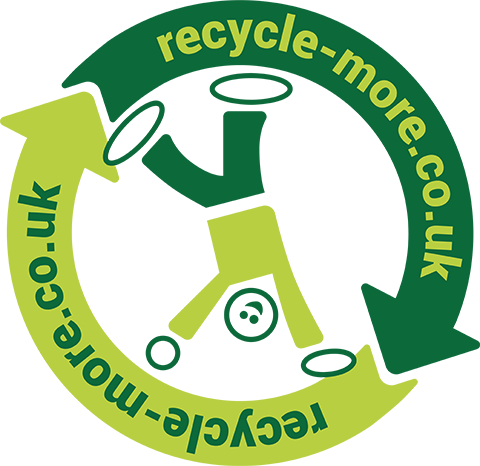
Why reuse alone won’t save the planet: A call for conscious consumption
James Skidmore
October 22, 2024
In response to ‘Buy Nothing New’ month, it's time to shift the focus. Instead of promoting the idea of ‘Buy Nothing New,’ we should emphasise something even more impactful: ‘Buy nothing,’ or at least, ‘Don’t buy something you don’t need.’ This subtle but powerful change highlights reducing consumption overall, not just reframing how we consume.
The rise of the reuse narrative
The current narrative surrounding reuse has become increasingly popular, and on the surface, it seems like a step in the right direction. The idea that reusing items instead of buying new ones is better for the planet is compelling, but it misses a critical point: we need to consume less overall.
When we donate or resell our used items, it often creates the illusion that our consumption is harmless. The unspoken message becomes, "It’s okay to buy more, as long as you donate the things you don’t need anymore." But here’s the problem with that mindset. When we reuse or pass on an item, one of three things typically happens:
- Someone doesn’t buy something new. This is the best-case scenario because it directly reduces demand for new products. Less production means less strain on resources.
- It fuels someone else’s overconsumption. In this case, someone who may not need the item acquires it simply because it’s available, continuing the cycle of unnecessary consumption. This is a hidden danger in the reuse model that few people talk about.
- It ends up thrown away or recycled anyway. While better than landfill, recycling still consumes energy and resources, and not all materials can be fully recycled. The outcome remains that the item becomes waste.

If we generously assume these outcomes are equally likely, we’re still left with a significant portion of reused items ending up in scenarios two and three—neither of which solves the core issue of overconsumption.
Reuse isn’t a solution—It’s a symptom
In many cases, reuse simply makes overconsumption more palatable. Instead of curbing the impulse to buy, it enables it by making us feel better about passing on our used items. But at the end of the day, we’re still consuming more than we need. We’re simply shifting the responsibility for managing that excess onto someone else.
The real challenge: Consuming less
To truly make a difference for the planet, we need to address the root cause: our consumption habits. Reuse alone won’t save us because it doesn’t tackle the problem of how much we consume in the first place. The goal should be to reduce consumption, not just reframe it.
Here’s where the idea of ‘Buy Nothing’ comes into play. It’s not about stopping all purchases, but about thoughtful, intentional consumption. Don’t buy things you won’t use fully until they are completely worn out. Don’t buy things just because you feel good about being able to pass them on later. Buy only what you need and use it until its true end of life.
A shift in mindset
We need a shift in how we approach sustainability. It’s not enough to focus on reusing what we have—we need to prioritise buying less in the first place. This is where the real environmental impact lies. The more we reduce the need for new products, the less strain we put on natural resources, manufacturing processes, and waste systems.
If we want to create meaningful change, it’s time to rethink our relationship with consumption. Reuse is part of the solution, but it cannot be the only answer. The real challenge is to consume consciously and consume less.
Let’s use ‘Buy Nothing New’ month as an opportunity to reflect on our habits and start shifting toward a future where we buy only what we truly need—and nothing more.
Take action
- Next time you feel the urge to buy, ask yourself if you need it
- Consider the full lifecycle of an item before purchasing—how long will you use it? How will you dispose of it?
- Commit to using what you already have until it’s fully worn out
It’s time to move beyond reuse and focus on reducing consumption to protect our planet.
Disclaimer: The opinions expressed in this blog represent those of the author, James Skidmore, and are not those of recycle-more, Valpak Limited or any other organisation.





